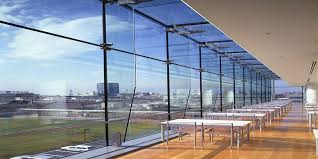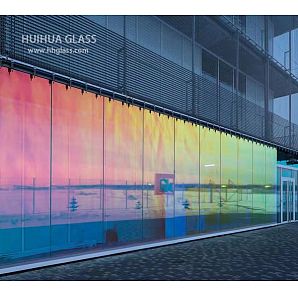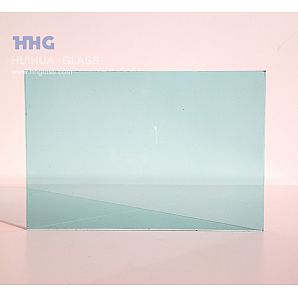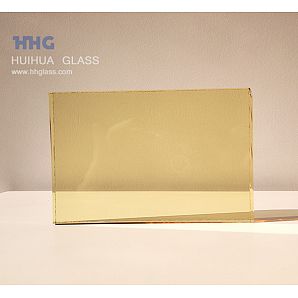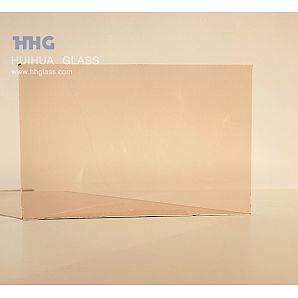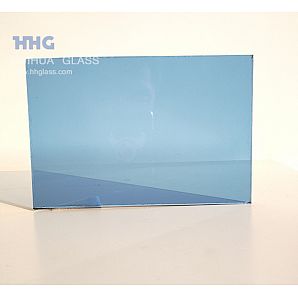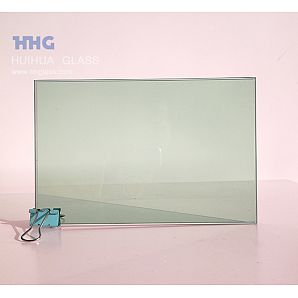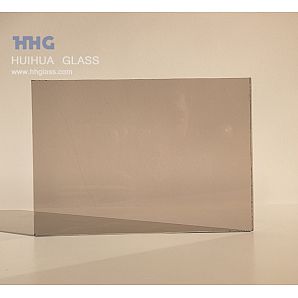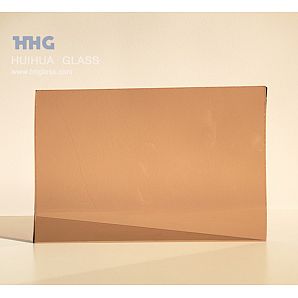Float glass is one of many kinds of glass, and it has a wide range of applications, such as automobile windshield and so on. Float glass refers to flat glass produced by float molding. The molten glass flows from the melting furnace into the tank containing molten tin, and the molten glass is flattened on the surface of the bright and smooth tin liquid, and it is made by drawing and cooling. The surface is flat and the thickness is uniform.
Float glass is in the tin bath, and the glass floats on the surface of the tin liquid. Therefore, this kind of glass is first of all flatness and no water ripples. It is often used in mirror making and automobile glass, and has the advantage of not losing shape.
Secondly, the ore quartz sand selected for float glass is good, and the produced glass is pure, good in transparency, and has the advantages of being bright, colorless, without glass boils, bubbles, etc.
In addition, the float glass has a compact and heavy structure, and has a smooth feel. The same thickness per square meter is heavier than a flat plate, which is easy to cut and not easy to break.
Classification of float glass:
According to different application areas, the classification of float glass includes tinted glass, float silver mirror, float glass/car windshield grade, float glass/all kinds of deep processing grade, float glass/scanner grade, float glass/ Coating grade, float glass/mirror grade.
Among them, ultra-white float glass has a wide range of uses and broad market prospects. It is mainly used in high-end buildings, high-end glass processing and solar photovoltaic curtain walls, as well as high-end glass furniture, decorative glass, imitation crystal products, lamp glass, and precision electronics industries. , Special construction, etc.
Compared with other forming methods, the float method has the advantages: it is suitable for high-efficiency manufacturing of high-quality flat glass, such as no ribs, uniform thickness, flat upper and lower surfaces, and parallel to each other; the scale of the production line is not limited by the forming method, and the energy consumption per unit product Low; high utilization rate of finished products; easy to scientifically manage and realize full-line mechanization and automation, and high labor productivity; continuous operation cycle can be as long as several years, which is conducive to stable production; it can provide suitable conditions for online production of some new varieties, such as electricity Float reflective glass, sprayed glass during annealing, cold end surface treatment, etc.